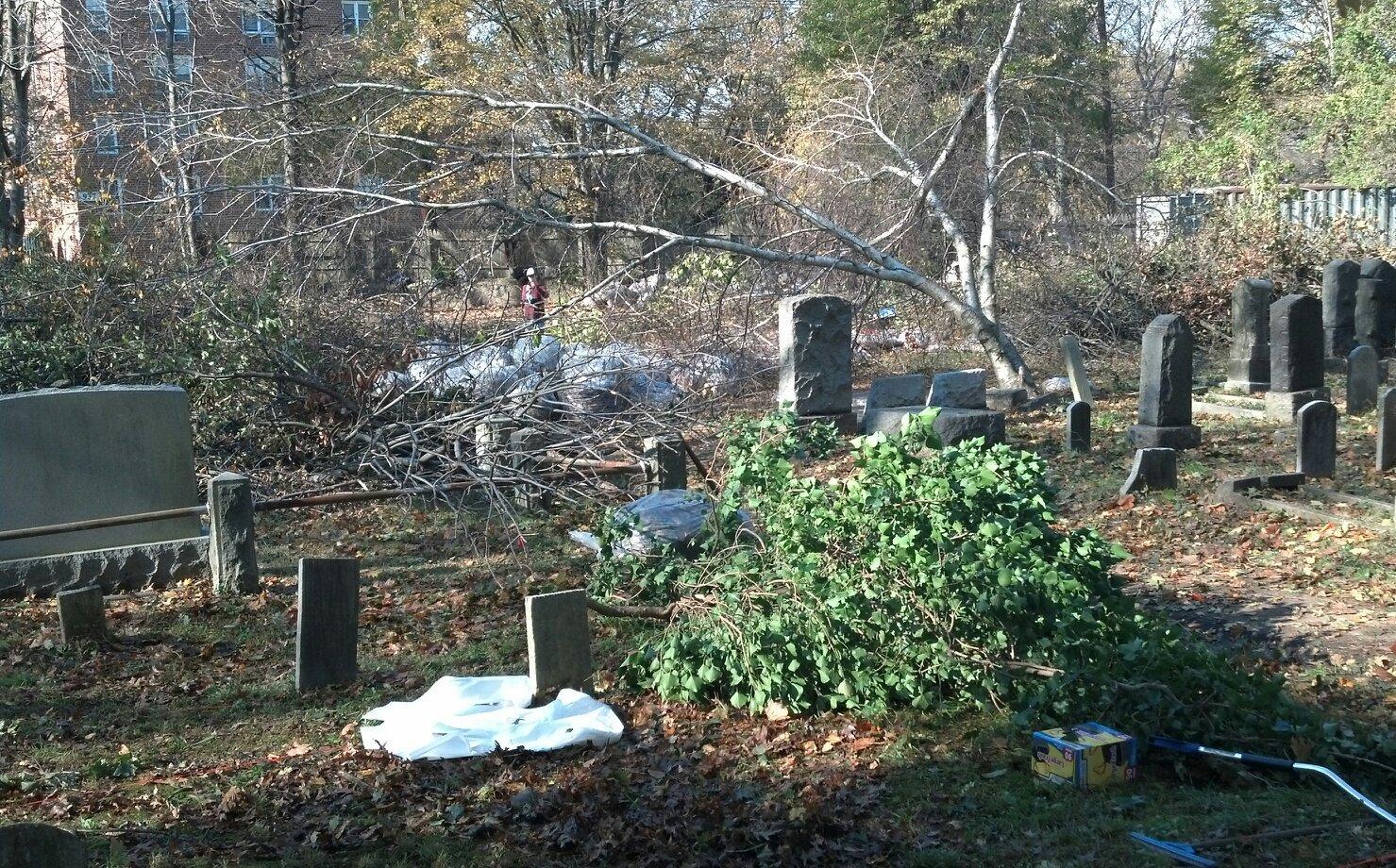Looking back at the devastation Hurricane Sandy brought to New York, it is hard to imagine that the city still managed to function at all. Many stories of bravery and tragedy were recounted but there were also many stories left untold.
The agency I direct, Hebrew Free Burial Association, which buries indigent Jews, operates 24/7, 365 days of the year, and calls are answered around the clock since Jewish tradition mandates burial as close to the time of death as possible. Every time there is a warning about a major storm, the HFBA staff gathers and creates contingency plans. Our staff lives throughout the metropolitan New York City area and during Hurricane Sandy, staff members lost power and phone service and several had to evacuate their homes. Despite all this, we kept taking calls about bodies that required burials and functioned by tele-commuting until we were able to reopen our midtown office on Wednesday, Oct. 31, with nearly all staff present.
However, once the office reopened, we encountered unforeseen challenges that affected not only HFBA but the entire funeral industry in New York City. Road closures and driving restrictions on bridges and tunnels made it impossible to pick up decedents and transport them. The city was making no exception to their day-time restriction of "three people per vehicle" rule to cross the bridges, so vehicles which usually carry a funeral director (and perhaps one other member of the funeral staff) could only travel from midnight to 6 a.m., literally the graveyard shift! Removals from Bellevue, the largest morgue in Manhattan, were not permitted because the morgue was flooded so HFBA could not retrieve a client for six days. The funeral home in Brooklyn that HFBA uses for funeral preparations lost power, as did many others, and were not functioning. By the Friday after the storm, we had several decedents to pick up and were scrambling for a funeral home that had power to accommodate our cases.
HFBA's Mt. Richmond Cemetery in Staten Island was closely monitored throughout the hurricane by our dedicated superintendent and contractor, even as Sandy began to smash through the area. The good news was that Mt. Richmond suffered less damage than we had expected. Some trees fell at the far end of the cemetery, shingles broke off the roof of the historic building that houses the staff offices and chapel but, fortunately, there was no flooding or major damage to the cemetery grounds. The cemetery did lose power, but it was restored late on Nov. 1, so we were then able to reopen the cemetery.
In Silver Lake Cemetery, HFBA's original burial ground established in 1892, large branches snapped off trees and fell, as did fence panels. Luckily, our community-wide Clean-Up Day was scheduled for Nov. 11. There was with plenty for our devoted volunteers to do!
I am proud to say that the HFBA staff put aside their own personal challenges from the storm that week and overcame a myriad of obstacles to provide HFBA's services to those in need, those who died alone and impoverished, but whose deaths were honored according to their wishes, conforming to ancient Jewish practice.
